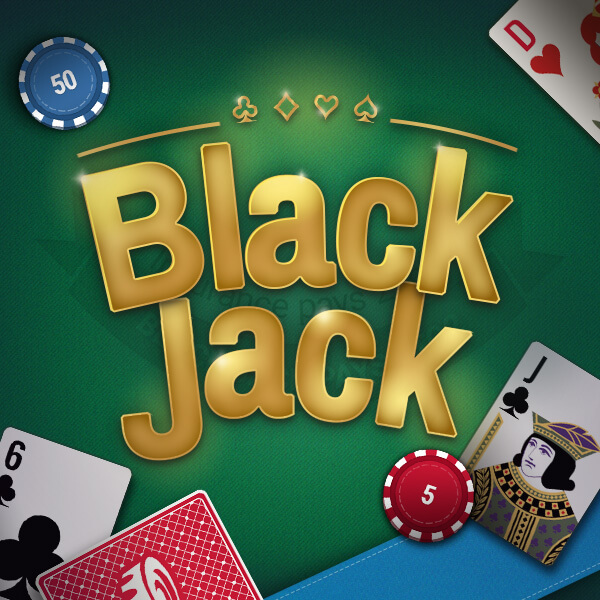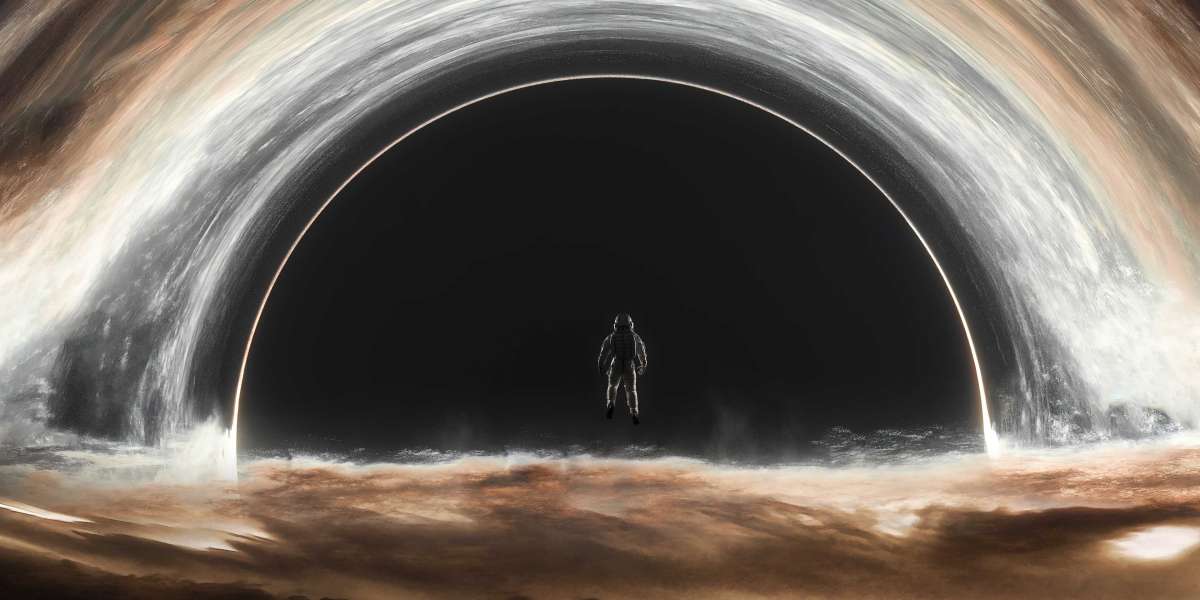Blackjack, also known as Twenty-One (referred to as Xì Dách or Xì Lát in Vietnam), is a popular card game that pits players against a dealer rather than each other. This game has captured the interest of many due to its blend of chance, strategy, and simplicity. In this comprehensive guide, win betting tips will explore the fundamental rules, strategies, and key principles that make Blackjack an enduring favorite in casinos around the world.
What is Blackjack?
Blackjack is a card game where the primary objective is to achieve a hand value as close to 21 as possible without exceeding it, which is known as "busting." Both the player and the dealer start with two cards each, and the total value of these cards determines the initial score. Players then have the option to draw additional cards (hit) or keep their current hand (stand) in an attempt to best the dealer's score without going over 21.
Basic Rules of Blackjack
The Objective
The goal in Blackjack is to have a hand value closer to 21 than the dealer without exceeding this total. Cards 2 through 10 are worth their face value, face cards (King, Queen, Jack) are each worth 10, and the Ace can be worth either 1 or 11, depending on which value is more favorable for the hand.
Gameplay Overview
Initial Deal: Both the player and the dealer receive two cards. The player's cards are usually dealt face up, while the dealer has one card face up and one card face down (the hole card).
Player's Decision: Players must decide whether to "hit" (draw additional cards) or "stand" (keep their current hand). This decision is influenced by the total value of their cards and the visible card of the dealer.
Dealer's Turn: After all players have finished their turns, the dealer reveals their hole card. The dealer must hit until their total is 17 or higher. If the dealer busts (exceeds 21), all remaining players win.
Outcome: If the dealer does not bust, the hands are compared. The player with a higher total than the dealer wins, while a lower total loses. If both have the same total, it is a push, and the player's bet is returned.

Key Terms
Blackjack/Natural: An Ace and a 10-value card dealt initially, totaling 21. This hand typically pays out at 3:2 odds.
Hit: To draw another card.
Stand: To keep the current hand and not draw any more cards.
Bust: To exceed a total of 21, resulting in an automatic loss.
Push: A tie between the player and the dealer.
Fundamental Strategies
When to Hit and When to Stand
The simplicity of Blackjack lies in knowing when to hit or stand. The decision is based on the total value of the player's hand and the dealer's visible card. Here are some general guidelines:
Hit: Generally, if your hand is 11 or lower, you should hit, as the risk of busting is minimal.
Stand: If your hand is 17 or higher, you should typically stand, as the risk of busting is high.
Soft Hand: A hand containing an Ace valued as 11. For example, a hand with an Ace and a 6 (soft 17) should consider hitting as the Ace can be adjusted to a lower value if needed.
The Value of the Ace
The Ace is the most versatile card in Blackjack, able to count as either 1 or 11. A "soft" hand (one containing an Ace valued as 11) allows for more flexibility and reduces the risk of busting. For instance, if you have an Ace, 5, and 7, the Ace can shift from 11 to 1, making the hand a soft 13 or 23, allowing you to hit without immediate risk of busting.
Doubling Down
Doubling down is a strategic move where the player doubles their initial bet in exchange for one additional card. This is usually advisable when the player's total is 10 or 11, and the dealer's visible card is weak (such as 4, 5, or 6). Doubling down can significantly increase potential winnings but also carries the risk of losing double the bet if the next card does not result in a favorable total.
Splitting Pairs
When the first two cards dealt are of the same value, players have the option to split them into two separate hands, each with its own bet. This is particularly advantageous with pairs of Aces or 8s. Splitting Aces gives a better chance of hitting 21, while splitting 8s avoids a weak total of 16.
Advanced Strategies
Insurance and Side Bets
Insurance is a side bet offered when the dealer's visible card is an Ace. It protects against the dealer having a blackjack but is generally not recommended due to its unfavorable odds. Other side bets, such as "Perfect Pairs" or "21+3," can add excitement but often come with a higher house edge.
Card Counting
Card counting is a technique used to determine when the deck is favorable to the player. By keeping track of high and low cards that have been dealt, players can adjust their bets and playing strategy. While card counting is legal, casinos actively discourage it and may ban players who are caught using this technique.
Casino Rules Variations
Different casinos may have variations in their Blackjack rules by bet at home bookmaker that can affect the house edge. Common variations include the number of decks used, whether the dealer hits or stands on a soft 17, and the payout for a natural blackjack. Understanding these variations is crucial for optimizing strategy.
Conclusion
Blackjack at best betting site in nigeria is a game of skill, strategy, and chance that has fascinated players for generations. By mastering the basic rules and strategies, players can significantly improve their chances of winning. Whether you are a casual player or an aspiring expert, the principles outlined in this guide will provide a solid foundation for your Blackjack endeavors.
As you continue to refine your skills and strategies, remember that the key to success in Blackjack lies in making informed decisions and managing your risk effectively. Enjoy the game, and may the cards be in your favor!







